 The historic records bearing on St. Paul are fuller than those for any Scriptural saint. We have Paul’s own wonderful writings, the fourteen letters included in the New Testament, which outline his missionary journeys, exhort and admonish the various Christian congregations, discuss ethics and doctrinal matters; and in the midst of all this we get a revelation of the man himself, his inner character, his problems and fears.
The historic records bearing on St. Paul are fuller than those for any Scriptural saint. We have Paul’s own wonderful writings, the fourteen letters included in the New Testament, which outline his missionary journeys, exhort and admonish the various Christian congregations, discuss ethics and doctrinal matters; and in the midst of all this we get a revelation of the man himself, his inner character, his problems and fears.
St. Luke’s Acts of the Apostles and certain apocryphal books are other sources of our knowledge of St. Paul. Of all the founders of the Church, Paul was perhaps the most brilliant and many-sided, the broadest in outlook, and therefore the best endowed to carry Christianity to alien lands and peoples.
Born into a well-to-do Jewish family of Tarsus, the son of a Roman citizen, Saul (as we shall call him until after his conversion) was sent to Jerusalem to be trained in the famous rabbinical school headed by Gamaliel. Here, in addition to studying the Law and the Prophets, he learned a trade, as was the custom. Young Saul chose the trade of tent-making. The Judaic, Roman, and Greek traditions and cultures all had a part in shaping this great Apostle, who was so different in status and temperament from the humble fishermen of Jesus’ initial band of disciples. His missionary journeys were to give him the flexibility and the deep sympathy that made him the ideal human instrument for preaching Christ’s Gospel of universality.
Prayer to St Paul the Apostle
Holy Apostle who, with your teachings and with your charity, have taught the entire world, look kindly upon us, your children and disciples.
We expect everything from your prayers to the Divine Master and to Mary, Queen of the Apostles. Grant, Doctor of the Gentiles, that we may live by faith, save ourselves by hope, and that charity alone reign in us. Obtain for us, vessel of election, docile correspondence to divine grace, so that it may not remain unfruitful in us.
Grant that we may ever better know you, love you, and imitate you; that we may be living members of the Church, the Mystical Body of Jesus Christ. Raise up many and holy apostles. May the warm breath of true charity permeate the entire world. Grant that all may know and glorify God and the Divine Master, Way and Truth and Life.And, Lord Jesus, you know we have no faith in our own powers. In your mercy grant that we may be defended against all adversity, through the powerful intercession of St. Paul, our Teacher and Father. Amen
FEASTS OF ST PAUL
The Pauline Family celebrates the Conversion of St Paul on January 25, the Solemnity of SS Peter and Paul on June 29 and the Solemnity of St Paul on June 30 (specially approved for the Pauline Family).


 Jesus Christ our Lord is truly risen from the dead, Alleluia!
Jesus Christ our Lord is truly risen from the dead, Alleluia!
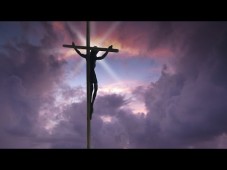

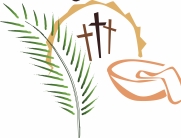
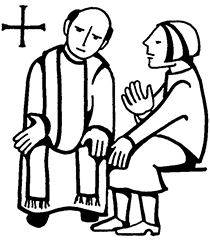 The celebration of the sacrament of Reconciliation brings about healing in the penitents and enables them to live a life of holiness, by being moulded more into the image of Christ as they listen to the promptings of the Holy Spirit. This Sacrament gives us energy and strength in our life-long journey of conversion both at individual and family levels. The call to conversion, which is renewed for us in many ways, is also directed towards joining in the eternal banquet with all the saints. Through conversion, we keep alive the light of faith that we have received in baptism in order to enter the wedding feast wearing the baptismal garment.
The celebration of the sacrament of Reconciliation brings about healing in the penitents and enables them to live a life of holiness, by being moulded more into the image of Christ as they listen to the promptings of the Holy Spirit. This Sacrament gives us energy and strength in our life-long journey of conversion both at individual and family levels. The call to conversion, which is renewed for us in many ways, is also directed towards joining in the eternal banquet with all the saints. Through conversion, we keep alive the light of faith that we have received in baptism in order to enter the wedding feast wearing the baptismal garment.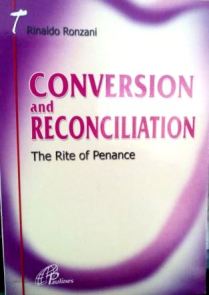 our baptismal identity as beloved sons and daughters of the father, brothers and sisters of Christ, anointed and consecrated by the Holy Spirit to be members of the ecclesial Body of the Lord. God’s unconditional offer of forgiveness is at the basis of this sacrament. The risen Lord, through the church, continues to speak to us of his forgiveness and of our beautiful and challenging calling to conversion and holiness. Our daily experience of sin leads us to know the power of God’s grace, the mercy that is bestowed on us as well as the joy of being once again reconciled and renewed. Then, together with the whole church, we can sing the great Alleluia at Easter.
our baptismal identity as beloved sons and daughters of the father, brothers and sisters of Christ, anointed and consecrated by the Holy Spirit to be members of the ecclesial Body of the Lord. God’s unconditional offer of forgiveness is at the basis of this sacrament. The risen Lord, through the church, continues to speak to us of his forgiveness and of our beautiful and challenging calling to conversion and holiness. Our daily experience of sin leads us to know the power of God’s grace, the mercy that is bestowed on us as well as the joy of being once again reconciled and renewed. Then, together with the whole church, we can sing the great Alleluia at Easter.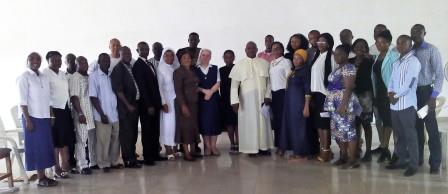

 . You can donate to subsidize as many copies as possible to enable families, individuals, catechists and seminarians afford a copy of the African Bible. God bless you abundantly for your generous support.
. You can donate to subsidize as many copies as possible to enable families, individuals, catechists and seminarians afford a copy of the African Bible. God bless you abundantly for your generous support.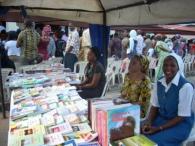 The Pauline Sisters often organise book displays and Bible Days in parishes, schools, seminaries, during workshops and seminars, and in many other places.
The Pauline Sisters often organise book displays and Bible Days in parishes, schools, seminaries, during workshops and seminars, and in many other places. Download
Download